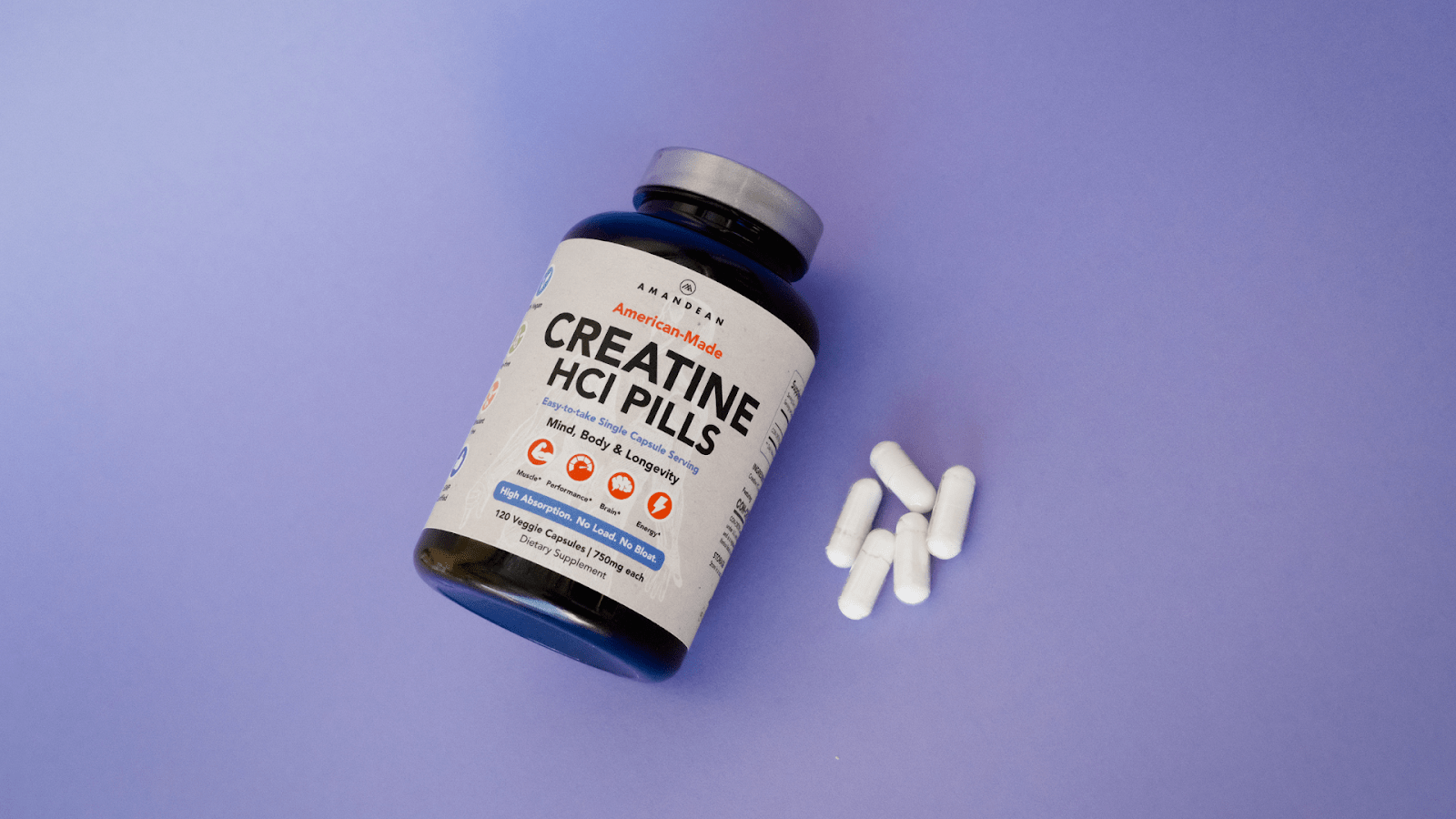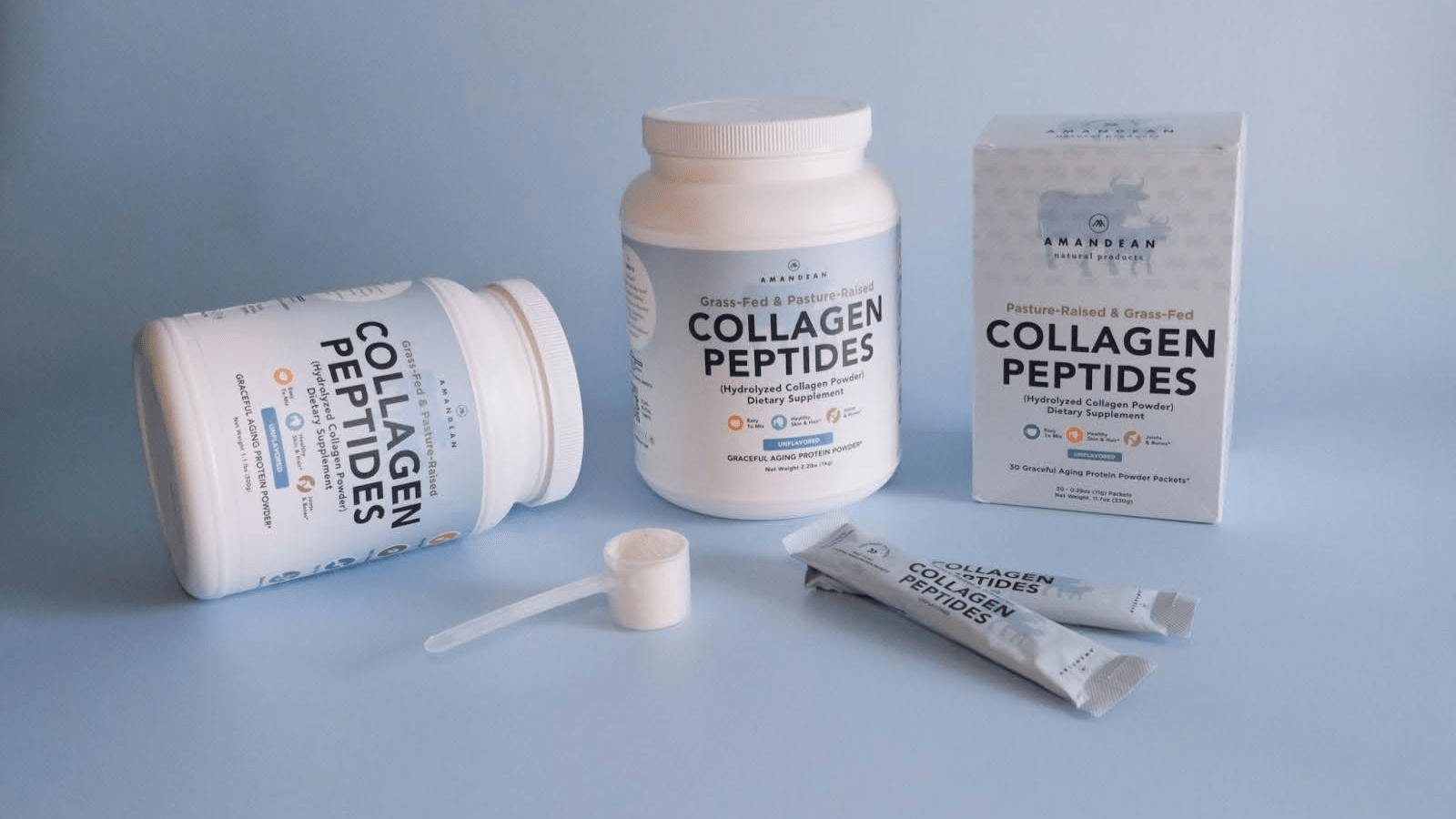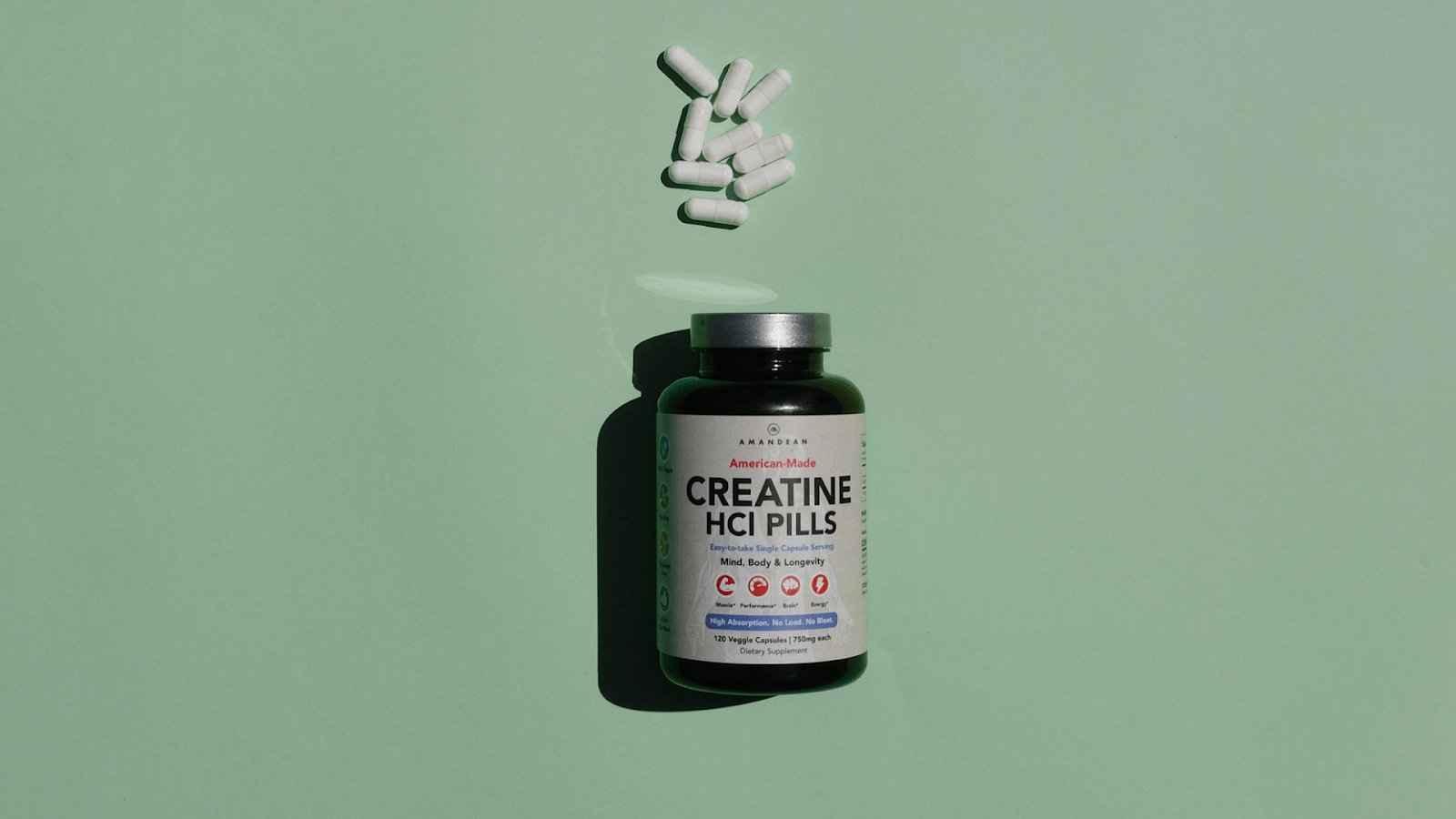Your Cart is Empty

January 28, 2021 11 min read
Mishaps and non-prevention can do a number on our lower backs. Shoveling snow or other life events can leave a person with symptoms ranging from a sharp stabbing sensation shooting across the back or down the legs, a dull ache that causes you to notice how gingerly you are moving, or difficulty in getting up and down. As I sit typing this, my pain is shooting down my left leg from the left side of my back. I can feel it hurting in my hip and knee and, strangely enough, my foot. Sound familiar? I sure hope I am not the only one. Thus, my walk has been thrown off its normal strut. It is time to assess whether I can get rid of this pain myself or with the help of a professional.
If you’re anything like me, and know that recent excess strain on your back is the cause of the lower back issues, then we know that the cause of the pain may heal itself. However, if you’re still in pain beyond 72 hours after the initial injury, medical advice should be sought. Furthermore, if you sustained your lower back pain from a fall or lifting something in an improper manner and numbness sets in, bladder or bowel problems arise, you have a fever, or feel pain when you cough, seek immediate medical advice. We want to prevent anything from becoming permanent or morphing into something more serious. Do not wait. Contact your primary caregiver or go to a hospital.

There are many stretches we can do to both help our lower back pain, but also, if practiced regularly, possibly prevent a lower back injury. Now I do want to warn anyone doing these stretches, do not worry about passing gas. Trust me as I know the occasional flatulence is very freeing and can help the back out. The first stretch is the Prayer Stretch, which is quite easy and effective. Here we kneel on the floor, tuck our legs underneath our stomach with heels bent forward to support the gluteus maximus, and extend our arms out over the head forward onto the floor. Holding that position while breathing in deep breaths for 30 to 60 seconds 3 to 5 times in a sitting can help the ligaments and muscles in the back strengthen.
The next stretch is to lay flat on your back grabbing one knee at a time while pulling it towards your chest with both hands. Switching knees, you will want to hold this position for 30 to 60 seconds 3-5x while you make sure to breathe. A remarkably similar stretch is obtained by grabbing both knees at once while pulling them up to your chest and then rocking gently and slowly forward and back. These stretches allow both the muscles and ligaments in your back to stretch naturally and strengthen the area.
The Piriformis Stretch helps the glute muscles which can cause lower back pain. Laying on the ground with one knee bent, we cross the ankle of the opposite leg to be stretched over the bent knee. We pull the crossed knee towards the chest. As with all stretching, we want to take deep slow breaths for 30 to 60 seconds for 3 to 5 times in a set. Stretching the gluteus muscle in strength and in length can prevent or help stabilize an irritated sciatic nerve. This stretch is perfect for those of us who sit at a desk, drive for long periods, or climb stairs for a good part of our day.

The Spine Twist finds us laying flat on the ground extending our arms into a T- shape. Keeping our shoulders on the ground, we bend one knee over our leg while pointing our head in the opposite direction. This is another exercise perfect for the sciatic nerve and the glute muscles.

Finally, we cannot think just about the back itself. We must look at the front where core stability is. This would be our abdomens. The Reverse Crunch mimics the classic crunch, in which we lay on our backs with our hands flat on the floor and raise the feet off the floor while pulling the knees forward using your abdomen. A good strong core can help a sore lower back and prevent one from ever happening.
Each one of these stretches is important in helping our lower backs regain the strength they need to do routine and daily jobs in a proper manner. They do not require much time, but their effectiveness has been proven and shows excellent results. Whether your lower back is injured or not, stretching will help your situation rather than hurt it.
Now let us look at what you can do whether your lower back is in pain, or if you are looking to prevent what I am experiencing now. There are things in our daily routines that we might not be aware of that affect our lower back, as well as healthy habits we can get into to prevent lower back issues. This includes finding a comfortable sleeping position, creating a healthy environment and paying attention to ergonomics, doing daily stretches, staying active, maintaining foot care, and regulating weight issues.
Many mornings I awake thinking about how much money I have saved for a new mattress. I do this as I roll out from a mattress well past its prime. The sag in the middle constantly pulls my body towards that direction and the firmness it once had does not support me anywhere, including and especially my back. My sleep position during the night could do me more harm than good. A bad sleep position has been the undoing of many a back. Inspect your mattress carefully as well as how you position yourself as you take your nightly nod. Notice if certain areas of your mattress are not supported, if you curl up in a ball, or if your body sprawls to various parts of the bed. I know it is difficult enough to fall asleep, yet aligning your body so that the back is supported along with your neck can assist you in avoiding many days hunched over with a lousy feeling in your lower back. Remember, a good mattress is not just a purchase, it is an investment in your health.
Our work environment can be a place of both enjoyment as well as stress. Sometimes we do not think to look at our surroundings to see if they are affecting us physically and mentally. Such things as the placement of your desk, the height of your chair, or wearing a strong lifter belt when doing physical labor all affect your back. With new ergonomics used in office areas, there are desks that transform so that you no longer have to sit every day and all day. Desks can be put into a position where you may stand straight up and continue your work without interruption.
Take our quiz and find which supplements your body is craving.

Additionally, just like the mattress, your chair is another investment in your health. A good strong chair that supports your lumbar system will only increase your chances of a healthier body posture. If you are lifting anything heavy, even if it is not for employment, wear a lifting belt. I once thought those were for “show,” but after using one this past summer to help my brother move, I will never go without one again. The support it gives the lower back changes how you might view tools like this. Always remember to lift by bending the knees. This is where the shoveling of snow got me. My posture was poor and I did not lift by bending my knees. Had I done this I would not be in the position (and pain) I am now.
Doing daily stretches helps keep a healthy posture and system for maintaining a healthy lower back. They not only assist when you are in pain, but they also prepare you for the various back positions that we all encounter. The stretching recommendations listed earlier are proven to work. Yoga is an exceptionally good way to get into the routine of doing such stretches each day. If you think stretching may not work for you, look at the great Tom Brady, the quarterback for the Tampa Bay Buccaneers. He is over 40 years old and playing an extremely physical and brutal sport. He takes time to stretch his muscles, especially his lower back, which permits him to not only stay competitive but excel at a high level. Stretching is particularly important.
Staying active in your life does not mean you have to be in a gym all the time. Go slowly. Try to keep up with what you can. A simple walk around the block, taking the stairs at work, devoting 15 minutes each day to do curl lifting with soup cans may go a long way toward preventing future health problems. These easy-to-do activities get the blood moving throughout the body and stimulate muscles and ligaments bringing further strength to them. You can never be over-prepared for future events, as well as healing past ones.

I cannot begin to tell you how many different brands of shoes I have been through until I found the right ones to suit my feet. We do not think of it often, but we are on our feet constantly. It is good to know and understand how our choice of footwear affects our posture and back health. Your shoe selection can be a huge cause of lower back pain among other things. I can always tell when my shoes are at their limit when my knee gets the slightest ache. The pounding that our feet take is just as daunting as the amount of pounding as our lower back can handle. I may be showing my age, but I will take a good shoe with excellent comfort that assists with back health over a fancy looking one any day. You may also want to investigate Dr. Scholl pads or other inserts that specifically adjust your foot to give you better posture, which in turn benefits the back.
Let’s talk about weight. Simply ask any woman that is or has been pregnant, or had extra weight around their core area and how it affected their back. Those extra pounds will pull down and put a strain on those ligaments and muscles in your lower back. We all are different shapes and sizes. Eating right, paying attention to your nutrition and exercise will help you achieve a stronger lower back.
Something that we might not think of but can play a crucial role in preventing lower back pain is the type of clothing you wear. Yes, that is right your fashion statements could account for an injured inflamed back. A big culprit of this is skinny jeans. If you are like me and were not blessed with a shapely butt, skinny jeans seem to enhance that area of sex appeal. Yet is it worth the risk of injuring your back? Tight clothing that constrains our bodies does not allow enough adequate blood flow to the area. While I am by no means a fashion consultant and do enjoy seeing tight outfits on some shapely human figures as we all do, the effects it can have may lay you up with an injury.
If you are a Seinfeld fan, then you probably have seen the episode of George Costanza and the obese wallet he carried around. I am completely guilty of this and have suffered the consequences before. I have carried my wallet in my back pocket not being aware of how I sat and walked differently. The result was a very sore sciatica at the end of the day. It took me an awfully long time to come to my senses, empty out my wallet of unnecessary junk and keep it in my front pocket. Watch for the position of your wallet or any other items you may carry around with you in your pockets.
Carrying backpacks, purses, and briefcases will cause strain on your lower back. We tend to overload our carrying devices to prevent any actualities. Yet do those extra pens, pieces of year-old mail, or hair products really need to be totted with you wherever you may be going? This extra weight is being taken out on your back. Also, be aware of how you are carrying such items. Do you sling them over the same shoulder, or use the same hand in carrying? Be cognizant of your usage of such items. When you wear or use them in a manner fitting of your comfort, distributing the weight equally the less likely it will affect your lower back.

Both heat and Ice can be useful in bringing some relief to your lower back pain. However, when do you use which for it to be effective? It is stated that using cold packs within the first 24 to 72 hours of when you injured your lower back helps minimize inflammation and swelling. It is recommended that cold therapy be applied for no more than 20 minutes for a maximum of up to 10 times in a 24-hour period. Once the initial inflammation period is over it is then advised to apply a heating pad or heated compresses. The heat stimulates the blood in the system to help with stiffness in the area. If your lower back pain is a chronic condition, seek the advice of your doctor concerning the further applications of heat and cold treatments.
Depending on the severity of an injured lower back, there are a range of medications that may be used to help. Over the counter medications such as Tylenol, Aspirin, or Aleve, can be effective, in addition to stretching and heat and cold treatments to help ease the pain. Upon seeing a doctor, they may prescribe such things as muscle relaxants or an opioid medication to stop the pain. As with taking any medication, caution should be used in what is taken and how much. In some instances, medications may mask deeper issues that must be accounted for. Your pain may go away, but the problem could remain. Always be sure to consult your physician.
Collagen and Boswellia are also natural supplements worth looking into. Studies have shown that Boswellia extract acts as an effective anti-inflammatory and collagen helps to keep our bones & joints healthy as we age, including our spine. These natural remedies will help ease lower back pain and are particularly good long-term solutions for maintaining a healthy back as you age. Incorporating them into your daily nutrition can offer relief from injury or inflammation.
It is most likely that all of us may someday injure our lower back to some degree. Whether it be at our places of employment, exercising, a bad bed, improper shoes, or simple chores such as shovelling snow, our backs take on the burden. Doing simple stretching exercises and becoming aware of the daily stress we put on our backs can help lessen the adverse consequences resulting from such injuries, but also prevent further ones from occurring. Good posture, breathing, and using what we can to assist us in our daily lives will bring about healthier days ahead. - And boy am I glad the snow has stopped!
If you’re still in pain beyond 72 hours after an initial injury, medical advice should be sought.
There are many stretches we can do to help our lower back pain, but also, if practiced regularly, possibly prevent a lower back injury.
Dr. Scholl pads or other inserts that specifically adjust your foot to give you better posture, can in turn benefit the back.
Using cold packs within the first 24 to 72 hours of when you injured your lower back helps minimize inflammation and swelling.
Studies have shown that Boswellia extract acts as an effective anti-inflammatory and collagen helps to keep our bones & joints healthy as we age, including our spine.

October 17, 2025 8 min read
Find out why creatine is better for vegans! Boost your wellness game and unlock peak performance with Amandean's premium supplements today.

October 16, 2025 7 min read
Learn whether collagen in coffee is just another wellness fad. Examine the facts, benefits, and how to use collagen in coffee for beauty and joint support.

September 22, 2025 9 min read
Unlock the full benefits of creatine for women. Boost energy, beauty, and brainpower with Amandean’s clean formulas.